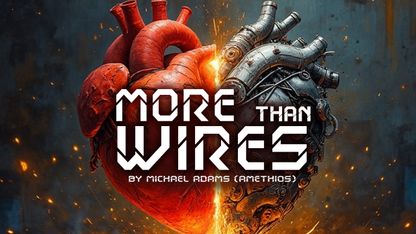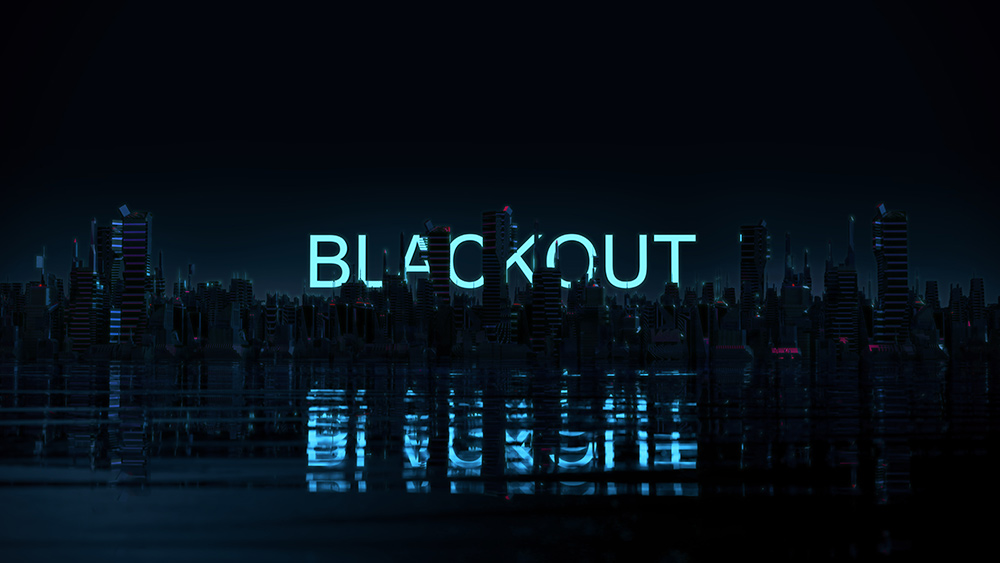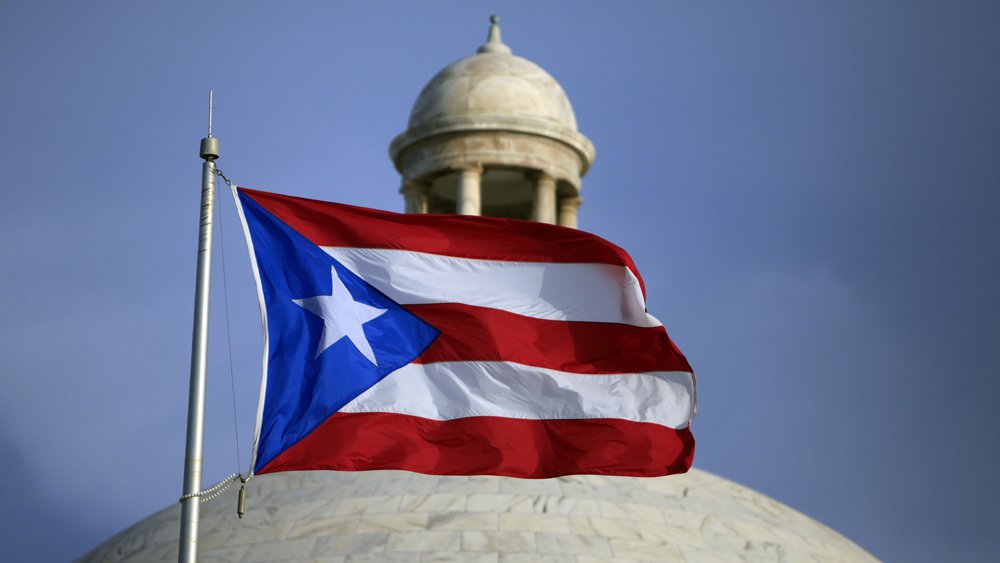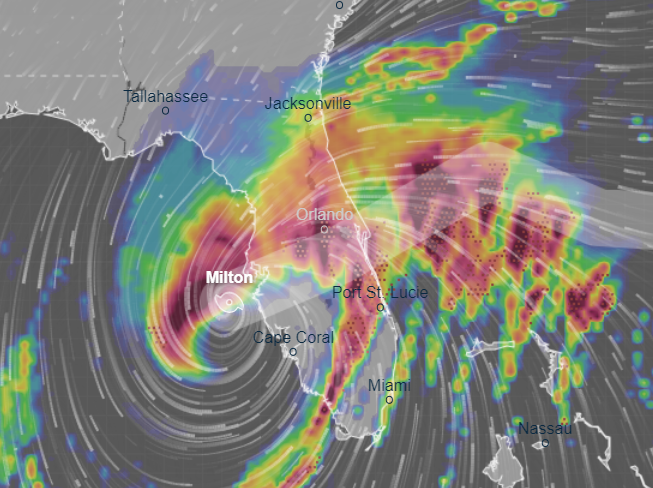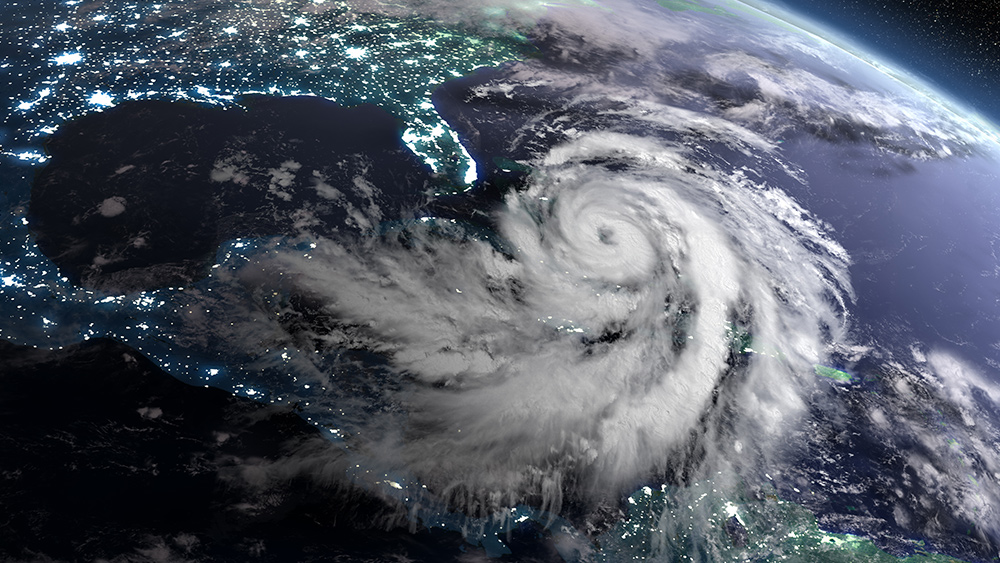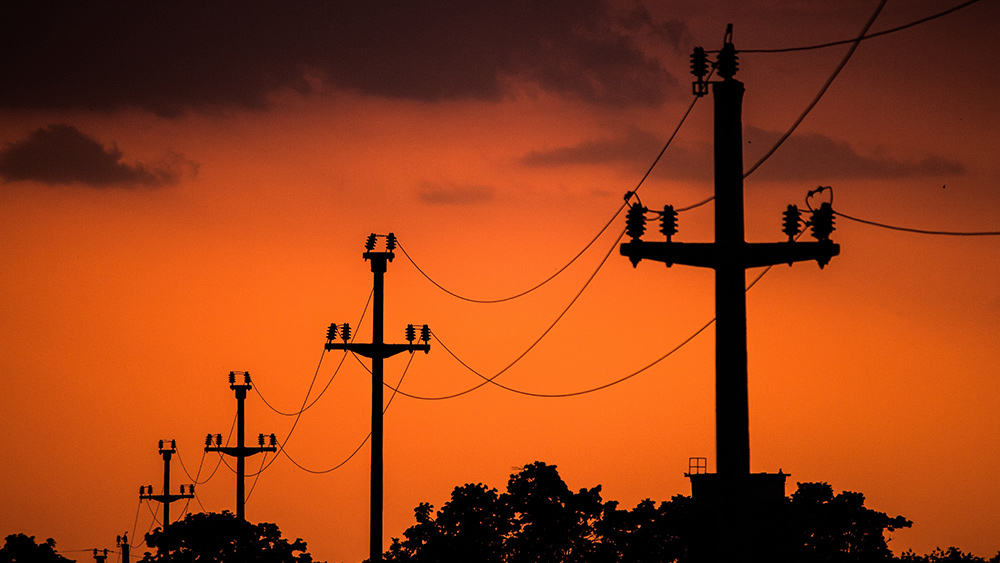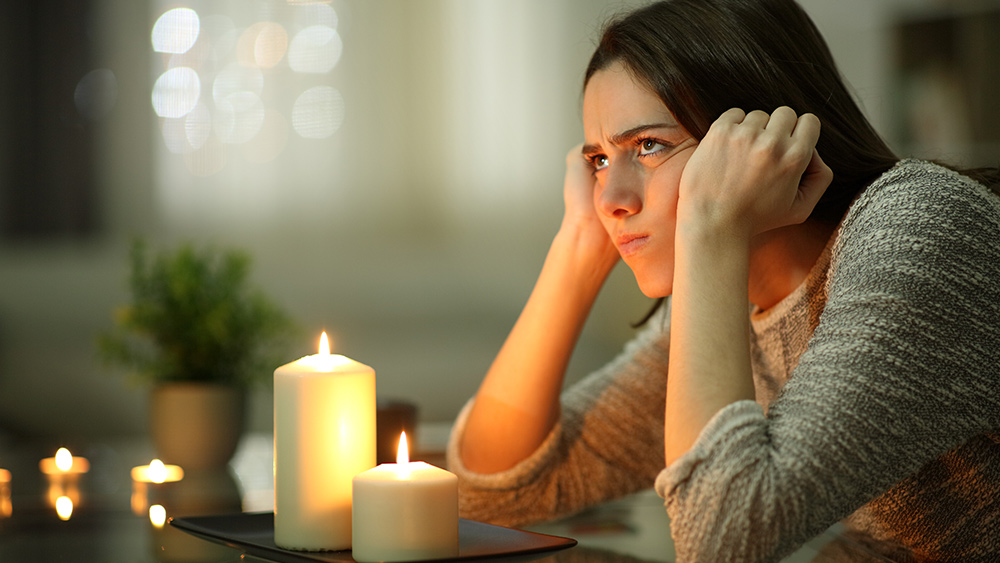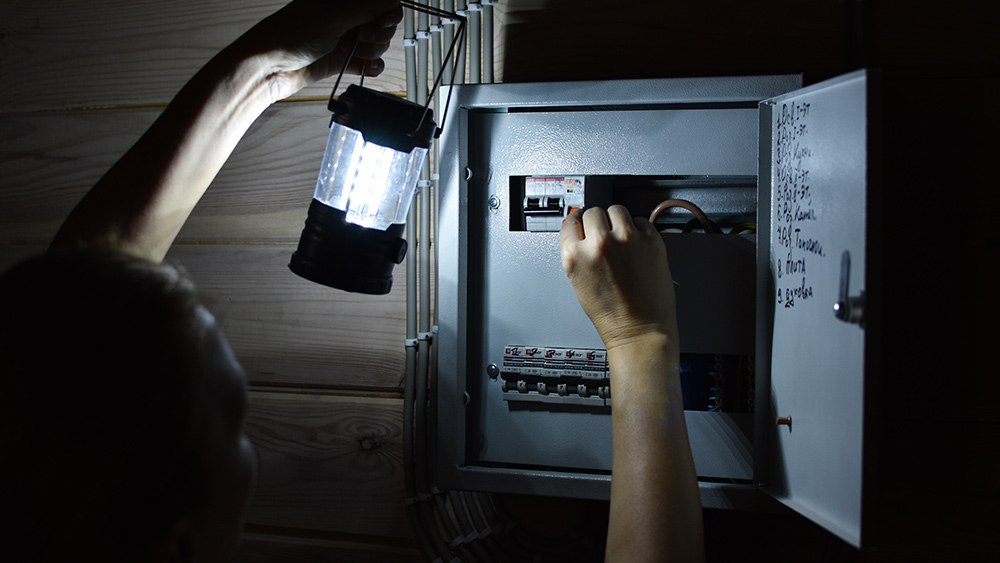
- There are three main scenarios where you might need to live without electricity: power outages caused by storms or grid failures, natural disasters like hurricanes and earthquakes, and off-grid living chosen for sustainability or independence. Each situation requires preparation to ensure safety and comfort.
- When the power goes out, focus on these key needs: water, food, shelter, light, communication and sanitation.
- Explore alternative cooking methods such as gas and propane stoves, open fire cooking, solar ovens or other options like Kelly Kettles, portable butane stoves and rocket stoves.
- Stay warm or cool without power using heating solutions like layering clothing, using wood stoves and fireplaces, and maximizing passive solar heating. To stay cool without AC, use cross-ventilation, shade with reflective covers and cooling towels or DIY swamp coolers.
- Maintain hygiene and sanitation by using solar showers or sponge baths for quick cleaning. You can also set up composting toilets, portable camp toilets or DIY bucket systems with cat litter for waste disposal.
Electricity powers nearly every aspect of modern life. But what happens when the power goes out unexpectedly?
The truth is, living without electricity isn’t as impossible as it might seem. With the right knowledge and preparation, you can stay safe, comfortable and self-sufficient even when the grid goes down.
Below are some tips to help you thrive without electricity. (h/t to ThePreppingGuide.com)
Essential survival priorities
There are three main scenarios where living without electricity becomes necessary:
- Power outages – Storms, grid failures or infrastructure issues can leave you without power for hours or even days. (Related: Emergency preparedness: How to charge your smartphone during a power outage.)
- Natural disasters – Hurricanes, earthquakes and floods can knock out electricity for weeks.
- Off-grid living – Some people choose to reduce reliance on modern utilities for sustainability or independence.
No matter the reason, preparation is key. When the power goes out, focus on these critical needs:
- Water – You can survive weeks without food but only days without water.
- Food – Non-perishable, easy-to-prepare meals are a must.
- Shelter and temperature control – Staying warm (or cool) is vital for health.
- Light and communication – Flashlights, radios and backup power help maintain safety after SHTF.
- Sanitation – Proper hygiene prevents illness.
Securing clean water
Without electricity, water pumps may stop working. Here’s how to ensure sufficient water supply.
Collecting water
You can collect water without electricity by:
- Storing water – Keep at least one gallon per person per day (minimum three days’ supply).
- Harvesting rainwater – Use gutters and barrels to collect rainwater.
- Looking for natural sources – Water from rivers, lakes and streams can be used safely if purified properly.
Purifying water
Here are several ways to ensure water safety:
- Boiling – Bring water to a rolling boil for at least one minute. Note that you should boil water for at least three minutes at high altitudes.
- Filters – Portable water filters remove bacteria and protozoa.
- Bleach – Add eight drops of unscented bleach to a gallon of water. Wait 30 minutes before drinking.
- Purification tablets – A convenient way to clean water during emergencies.
Cooking without electricity
No power? No problem. Here are the best ways to cook during a power outage:
Gas and propane stoves
Portable camp stoves work well for quick meals. Just make sure you use a camp stove in well-ventilated areas to avoid carbon monoxide poisoning.
Open fire cooking
Build a fire pit or use a grill grate over flames. This method is great for roasting, boiling and even baking in foil packets.
Solar ovens
A solar oven is an eco-friendly option that works best in sunny climates. This allows you to slow-cook food using only sunlight.
Other options
Here are other ways to cook without electricity:
- Kelly Kettles (boil water quickly with minimal fuel)
- Portable butane stoves (compact and easy to use)
- Rocket stoves (efficient wood-burning)
Staying warm or cool without power
These options will ensure that your family can stay warm or cool as needed during a power outage:
Heating solutions
These options will help you stay warm in winter:
- Layered clothing and blankets – Wear wool and thermal layers to retain heat.
- Wood stoves and fireplaces – Stockpile dry, seasoned wood before SHTF.
- Passive solar heating – Maximize sunlight by opening south-facing curtains during the day.
Cooling without AC
These options will help you stay cool during summer:
- Cross-ventilation – Open windows at night and close them during the day.
- Shade and reflective covers – Block sunlight with curtains or foil-lined panels.
- Cooling towels and DIY swamp coolers – Wet cloths and fans can help lower body temperature.
Lighting when the power’s out
Candles are a classic, but here are better and safer light sources:
- LED flashlights and headlamps – These options boast long battery life and bright light.
- Solar-powered lanterns – These can be charged by day and used for light by night.
- Oil lamps – Although longer-lasting than candles, oil lamps must also be used with caution because they are a fire risk. Do not light or place oil lamps near flammable materials.
Maintaining hygiene and sanitation
No electricity means no running water for showers or flushing toilets. Here’s how to stay clean:
Bathing without power
For solar showers, you can fill a black bag with water and let it heat in the sun.
For sponge baths, use a large basin and soap for quick cleaning.
Sanitation solutions
Composting toilets are an eco-friendly and odor-free option.
You can also use portable camp toilets that are easy to set up and allow safe disposal of waste.
For a DIY option, you can use a clean bucket with a trash bag and cat litter during emergencies.
Living without electricity, whether by choice or necessity, requires planning. Stockpile water and non-perishable food and learn alternative cooking methods. You should also have backup lighting, heating or cooling solutions, and ways to maintain proper hygiene and sanitation.
By taking these steps, you’ll soon be ready for anything from a short-term blackout to a long-term off-grid lifestyle.
Visit Health Ranger Store and Brighteon Store for essential supplies to suit your prepping needs.
Watch the video below to learn more about all-natural Shampoos and Shampoo Bars that you can use to maintain personal hygiene after SHTF.
This video is from the Health Ranger Store channel on Brighteon.com.
More related stories:
Power outage preparedness: Staying safe and comfortable during a blackout.
GRID DOWN: Things you need to do to survive long-term blackouts.
Survival tips for preppers: Winter emergency preparedness checklist.
14 Alternative ways to stay warm without electricity.
Sources include:
Please contact us for more information.


